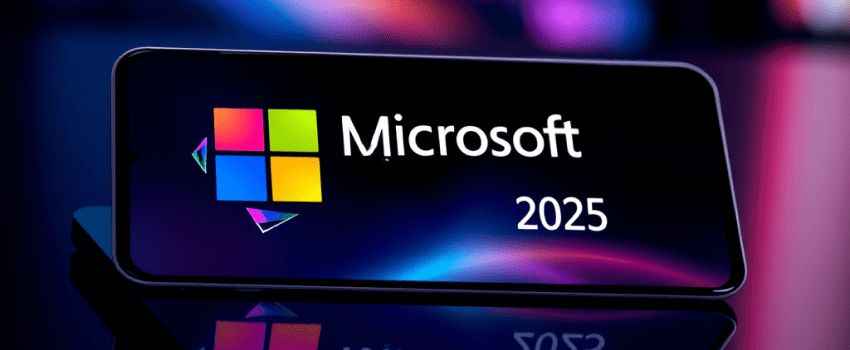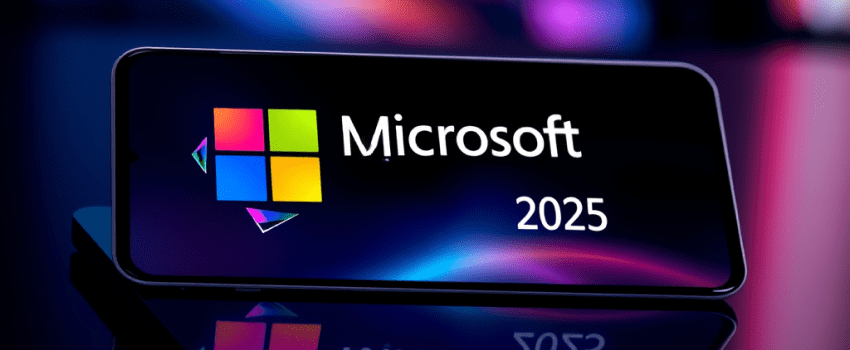
AI Agents are no longer just a concept, they’re the next era of computing. At Microsoft Build 2025, the tech giant unveiled how it’s powering this shift through developer-first tools, enterprise AI agents, and open web infrastructure. As highlighted in Microsoft’s official announcement, these updates set the stage for an entirely new internet landscape: the Agentic Web.
From redefining the software development lifecycle to accelerating scientific discovery, here’s everything you need to know about this AI-driven future.
What Is the Agentic Web?
The Agentic Web is an evolving ecosystem where AI agents can autonomously take action on behalf of users. These agents interact across tools, services, and data environments, helping both individuals and enterprises automate workflows, research, coding, customer support, and more.
This is not a distant vision. Over 230,000 organizations, 90% of the Fortune 500, are already building with Microsoft Copilot Studio and Copilot agents.
Key Highlights from Microsoft Build 2025
1. GitHub Copilot Evolves into a Full Coding Agent
Microsoft is shifting GitHub Copilot from a passive assistant to an autonomous agent that can:
- Fix bugs
- Create features
- Manage pull requests
- Maintain codebases
Copilot can now be assigned GitHub issues, analyze code, and push draft PRs, all autonomously. This peer programmer model promises to cut development cycles dramatically.
More tips: Voicebots in Banking: Automate Customer Support
2. Azure AI Foundry Expands Agent Capabilities
Azure AI Foundry is now the complete platform for:
- Designing multi-agent systems
- Deploying proprietary or open-source models
- Managing observability, risk, and compliance
With support for models like Grok 3, Hugging Face, Meta, and more, Foundry lets developers orchestrate agents with semantic memory, data governance, and fine-tuning flexibility.
3. Microsoft 365 Copilot Tuning and Multi-Agent Orchestration
Enterprises can now:
- Customize agents with internal workflows
- Connect multiple agents to handle distributed tasks
For example, legal firms can build agents tailored to their document standards and compliance structures, all within the Microsoft 365 ecosystem.
4. NLWeb and the Open Agentic Web
NLWeb, likened to the HTML of the agentic era, allows any site to:
- Expose data via conversational endpoints
- Integrate with agents using Model Context Protocol (MCP)
- Become discoverable and actionable by third-party AI systems
This standard creates a truly open AI-powered web.
5. Microsoft Discovery for Scientific Innovation
Microsoft Discovery is a new agentic platform to support R&D and scientific exploration. With agents that simulate hypotheses, generate ideas, and process research, it aims to revolutionize domains like:
- Drug development
- Sustainability
- Materials engineering
Pro insights: 10 Game-Changing Applications of NLP for Modern Enterprises
Why This Matters for Developers and Enterprises
These tools aren’t just for Microsoft’s internal use. They’re developer-ready and enterprise-friendly, with secure deployment pipelines and governance integrations.
Whether you’re building an AI assistant, a workflow automation tool, or an industry-specific knowledge agent, Microsoft is laying down the open-source standards, SDKs, and cloud infrastructure needed to power it.
And with GitHub Copilot now available as open source in VS Code, developers across the world can start building today.
Final Thoughts: Shaping the Future with AI Agents
Microsoft Build 2025 makes it clear: AI agents are not just productivity tools, they’re becoming foundational to how we write software, engage with content, and build businesses.
If your organization is exploring how to build or integrate intelligent AI agents, Inexture Solutions can help you design scalable agentic architectures, deploy secure AI systems, and bring your AI strategy to life.
The post Microsoft Build 2025: How AI Agents and the Agentic Web Will Reshape Everything appeared first on Inexture.
Source: Read MoreÂ

